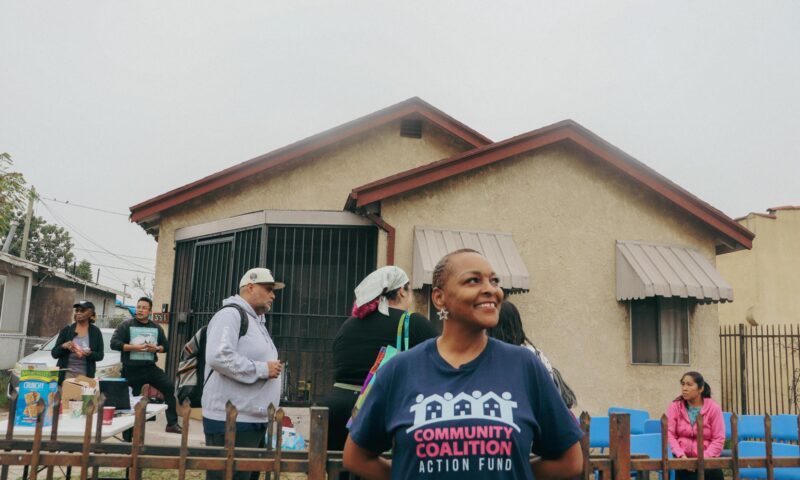
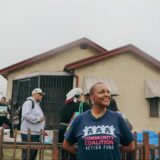
As Trump-era immigration enforcement arrests hit 540 weekly and cuts to SNAP threaten families, neighbors are launching mutual aid hubs to keep each other safe.
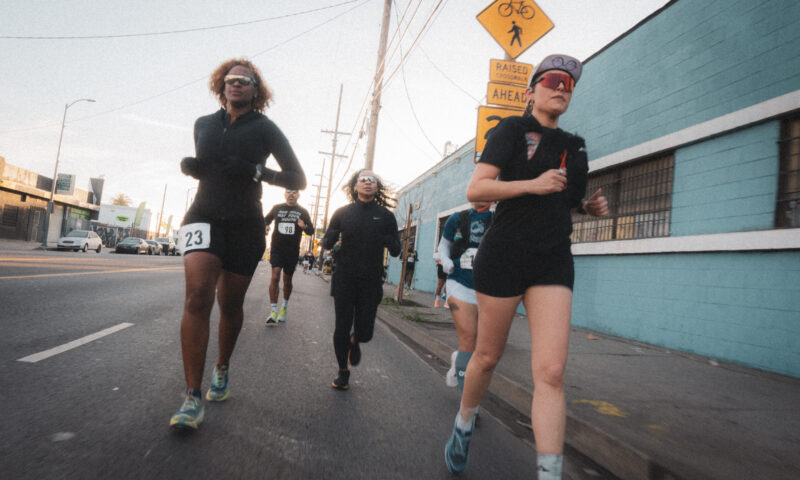
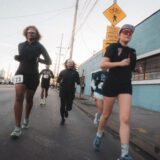
The Hood Half Marathon through the streets of historically Black Los Angeles taught me important lessons about fear, anxiety and fellowship.
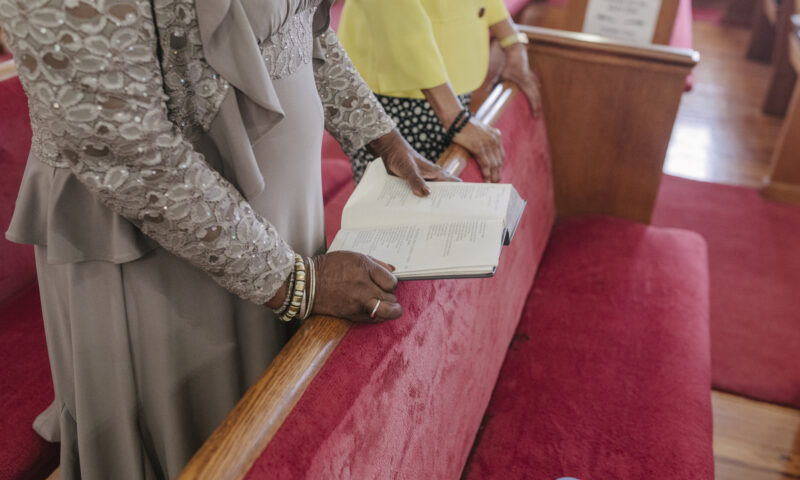
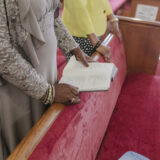
South L.A. churches craft dementia-friendly services aimed at providing solace to a community disproportionately affected by the disease.
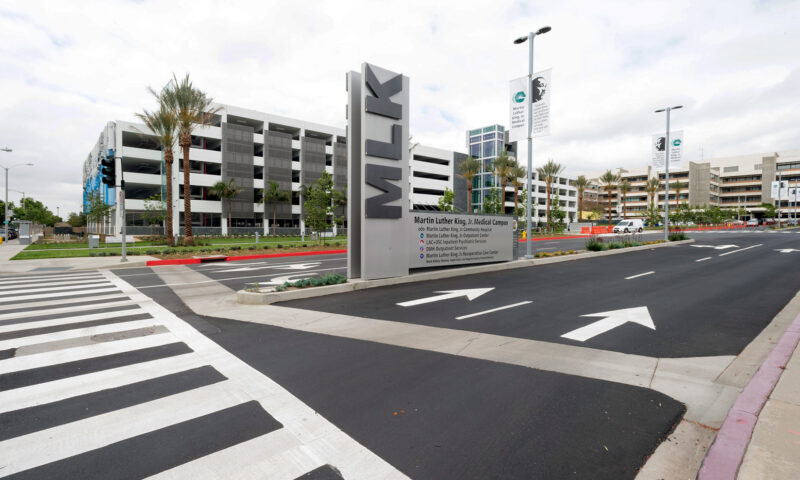
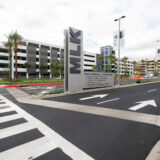
Thousands of low-income patients cannot survive without MLK Hospital. The South L.A. hospital cannot survive on what it is paid by public insurance.
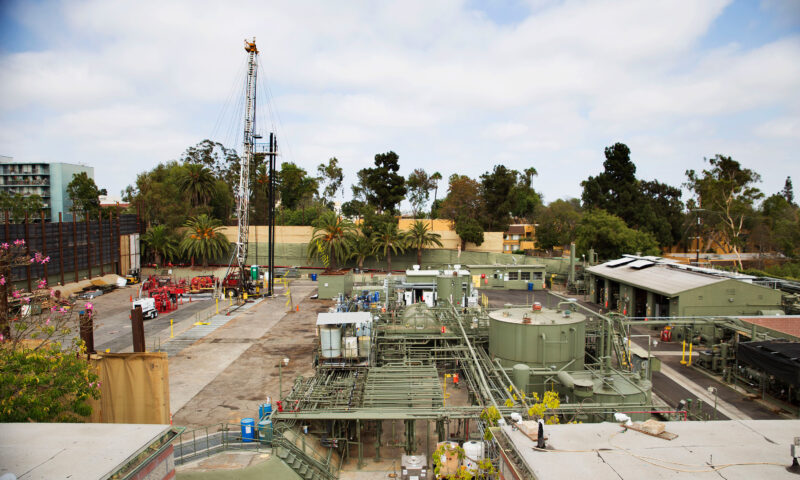
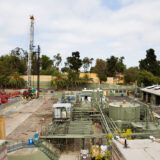
Activists get a victory in their fight to protect South L.A. residents from a Catholic Archdiocese-owned oil drill site.
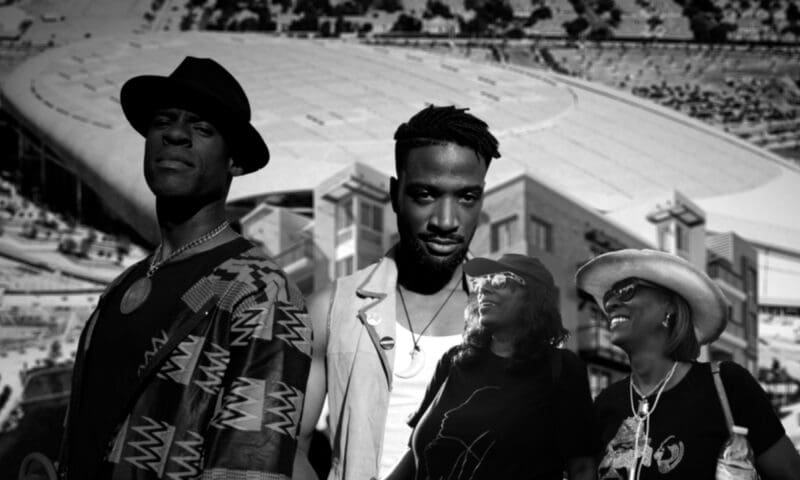

The acclaimed op-ed contributing writer to the N.Y. Times and L.A. Times examines the past, present and future of racialized housing policy.

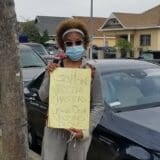
Why are whites more likely to get their shots when people of color suffer more from COVID-19?

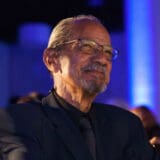
The activist-writer was deeply planted in the here and now: What was at stake. What still needed to be done. What we couldn’t lose sight of.
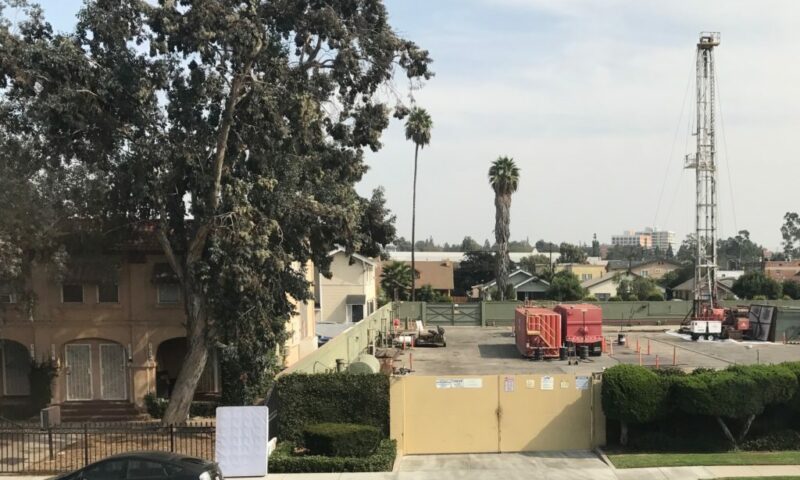
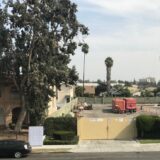
Los Angeles is the most densely populated city in the country with oil drilling within its borders. It sits on top of one of the largest oil fields in the country, and oil fields are peppered throughout the region, usually hidden from sight.
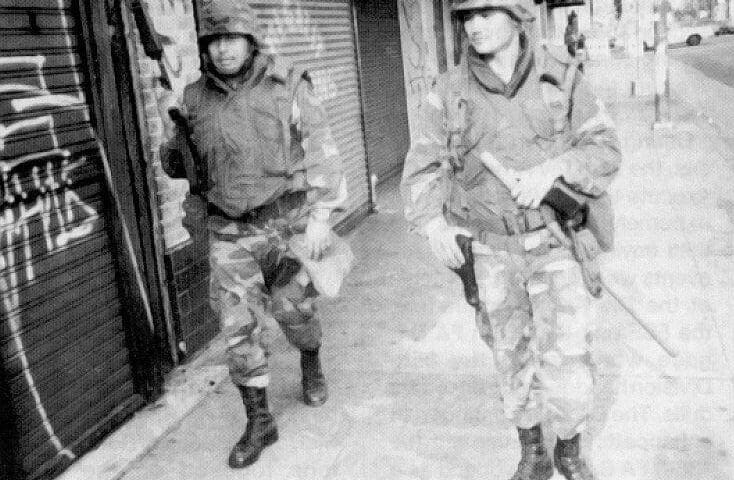
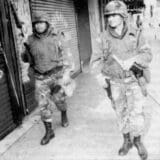
Co-published by Salon
For many of us the passage of 25 years hasn’t produced clarity about why and how Los Angeles’ 1992 unrest occurred, and whether the city that we inherited from that awful moment in our history is now a better or worse place in which to live.
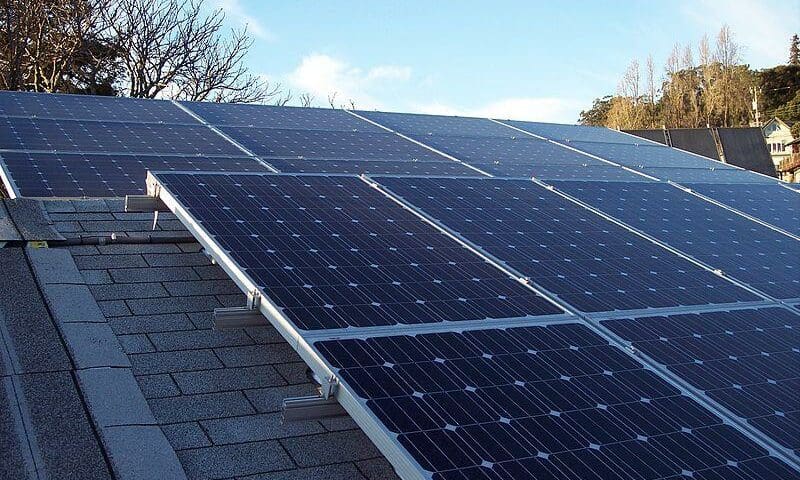
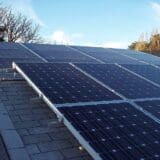
As major climate legislation that would dramatically increase our investment in renewable energy approaches the Governor’s desk, this is a critical time to be thinking about low-income communities, including South Los Angeles, for whom the benefits of renewable energy investment have been largely out of reach.
The Los Angeles Alliance for a New Economy (LAANE), in partnership with my organization, Strategic Concepts in Organizing and Policy Education (SCOPE), recently conducted an analysis of the L.A. Department of Water and Power’s most established renewable energy program, the Solar Incentives Program (SIP). We found that this residential rooftop solar initiative has left South L.A. behind, along with Wilmington, Boyle Heights, Pacoima and other communities.
This program offers incentives for residents who buy and install their own rooftop solar energy systems from private solar companies. In the past 15 years, LADWP has invested more than $115 million of ratepayer funds to support the development of residential rooftop solar.
» Read more about: Realizing the Promise of Solar for South Los Angeles »
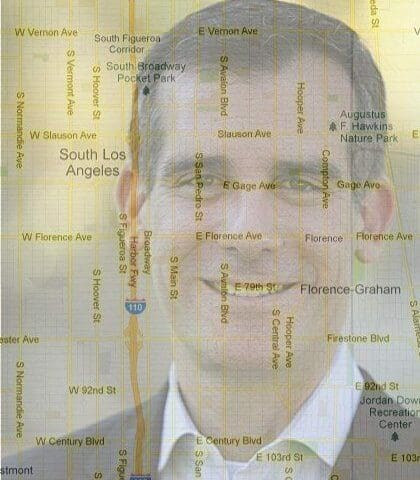
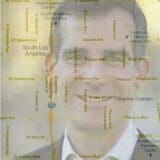
South L.A. is the neediest and most politically challenging part of the city that gets in the news chiefly for the story of its shifting demographics — from mostly black to mostly Latino. Mayor-elect Eric Garcetti’s background fits nicely into that story. He is being touted as the first Jewish mayor, although the heritage he touted openly and often during campaign season was Latino. That’s identity politics, technically, but his win was hardly as landmark a moment as were Tom Bradley or Antonio Villaraigosa’s victories. But it was effective. Garcetti captured a solid majority of the Latino vote — 60 percent. Every elected official in the country and especially in California and Los Angeles is keenly aware of the upward trend of Latino political influence and the need to address it.
Garcetti didn’t really have to do a hard sell because of the Mexican heritage on his father’s side—his great-grandfather was killed during the Mexican Revolution—and he speaks fluent Spanish.
» Read more about: South L.A. Looks With Wary Hope to a New City Hall »